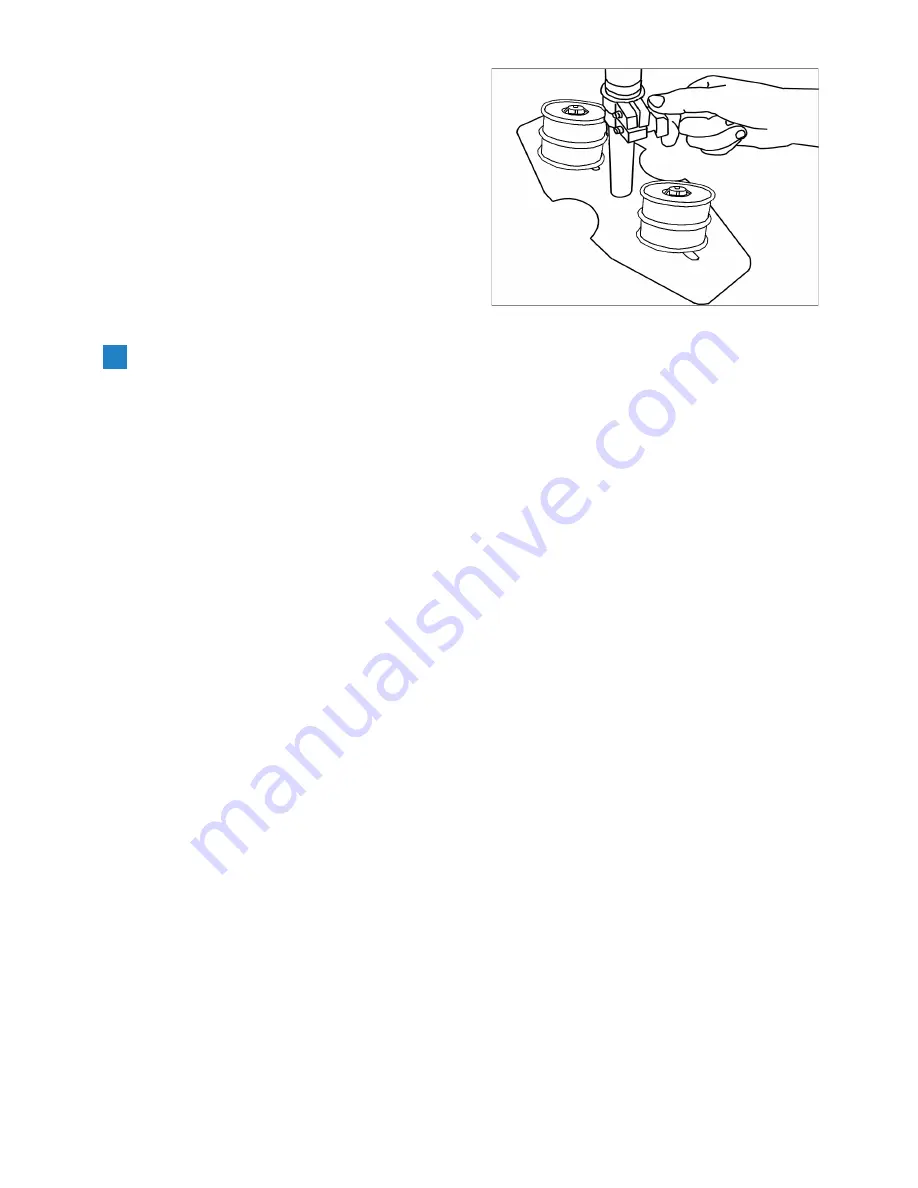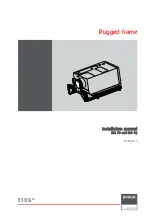
9
VERTICAL STALK ADJUSTMENT
The up and down (vertical) position of the
telescopic central post is adjusted by
loosening the control located at the base,
raising or lowering the stalk to the desired
location and then retightening the vertical
control. Do not over-tighten this control.
BALANCING YOUR FLYCAM JUNIOR
Before beginning the balancing process check the following
Camera is securely attached to head plate.
Lens cap has been removed and secured.
Telescoping clamp has been tightened.
Weight discs are added successfully.
All screws are tightened securely.
Battery, all accessories and cables should be secured.
Balancing the Horizontal axis
When your flycam junior is properly assembled, you can start the test and setup of the
horizontal balance. Horizontal balance allows the camera to remain level during operation with
the central post in a vertical position unless off axis framing is desired.
When testing for horizontal balance start from a flat and level surface like a table. This will allow
the flycam junior to hang freely as you hold it. If your flycam junior is correctly balanced on its
horizontal axis, then it will be both level & upright, with the central post in a perfect vertical
position.
Warning:
If you do not have enough weight on the base platform the entire flycam could flip
upside down. Should this movement start to happen be ready to catch the stalk before a
complete 180 occurs. This type of unwanted movement requires more weight to be added to the
base with additional weight discs.
Another way to accomplish horizontal balance is to move the center of gravity of the camera by
re-bolting the camera to a different area of the Head and Mid Plate, either front to back or side
to side.
Should the flycam junior be front heavy, loosen the screws on the sides of the head plate and
gently slide the head plate back until optimum balance is achieved.
Tilting to the back means the load is tail heavy requiring the plate to be adjusted forward on the
head.
































